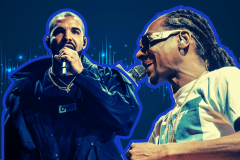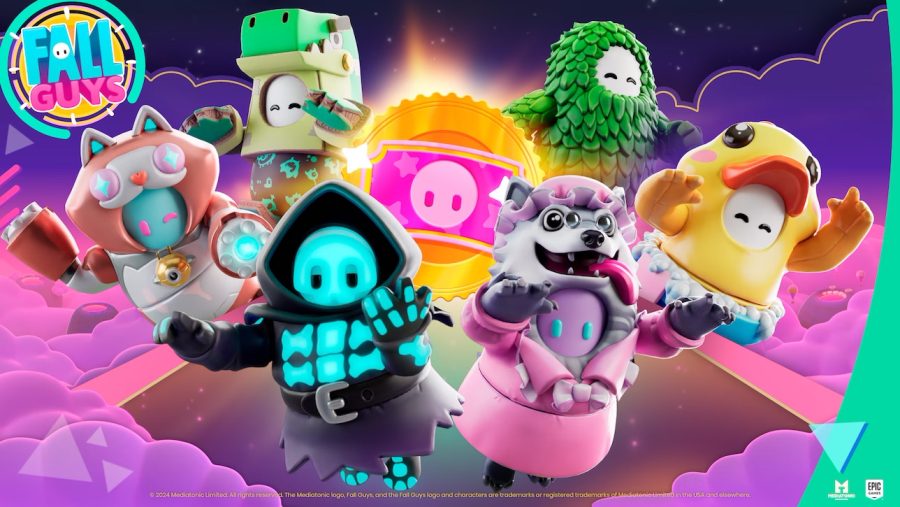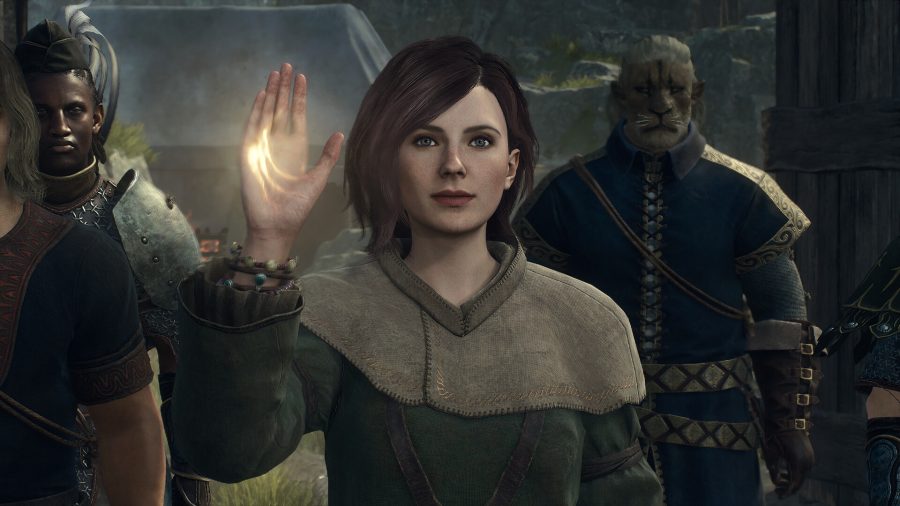In my post about internet-based mobility earlier this week, I mentioned that the hype around mobile devices we endured during the 90’s and early 21st century is finally being realized in 2004. Mobile phone market penetration is running at 70% where I live, up from 10% in the mid-90’s. Other devices such as PDA’s, the iPod and the Tablet are also being increasingly used. Whichever mobile device or combination of devices you have, it seems that information increasingly wants to be not only free – but mobile.
Connecting the pieces
With all these devices and accompanying types of data I can now record – text, audio, video, photos, etc – it is apparent that I have a need to connect all the different pieces together. Not only that, I want to place myself at the center of my digital media.
Joining all the pieces together, using myself as the locus, is how I strive to retain a sense of control over my technological environment. So naturally I want the process to be as easy as possible, so that my sense (illusion?) of control is greater.
I want to be able to connect my mobile phone to my PC, for example. And connect to the Internet on my PDA, via a bluetooth connection on my mobile phone. And I want to synch PDA data with my PC. There are lots of other scenarios, particularly as there are an increasing number of software applications and services I can add to the mix. For example, I recently signed up to Flickr. So now I can take a photo on my phone, email it from there to the Flickr server, then copy it across to my Movable Type photoblog. To view it I can hook up my PDA or phone to the Internet, via my bluetooth phone connection, and view the result in a WAP browser. Or simply log on to my Tablet (if I had one).
Total Connectivity
We’re approaching the long-held dream of total connectivity. Whether wired or wireless, we’re at the stage now where we can connect a variety of devices together via a variety of software apps or services. The issue we’re having in 2004 is that total connectivity is far from a polished reality. It still takes a fair bit of configuration effort to hook up your mobile phone to wirelessly connect to the Internet, for example. It takes some technical nous to automatically send your phone pics to your blog via Flickr, to use the example I quoted earlier. Things aren’t as user friendly as we’d like them to be in this new Mobile Internet world. Which is to be expected – it takes time for new technologies to piece themselves together.
Even self-confessed geeks have trouble connecting all the bits together. I know I do – for example getting my Palm PDA to speak to my new mobile phone via bluetooth took a bit of to’ing and fro’ing (and googling). Another person who has been writing about connecting technology together is Lilia from Mathemegenic – in her case it is WiFi, Tablet PC SP2, SkypeOut and Bluetooth headsets. I think that even outgeeks me 😉
So how do we make things user-friendly?
That’s the six million dollar question. I think this is where the Digital Lifestyle Aggregation concept and similar ideas come in. The DLA is Marc Canter’s baby and at heart it’s all about making it simple for people to easily connect all their digital appliances and services together. In Marc and his company Broadband Mechanics‘s case, the DLA will be like a wrapper for all the open source digital services in the world – Flickr, blogs, Open Media and others. Well, there’s more to it than that – but I’m trying to simplify it here 🙂
Other companies, notably the “big co’s” are taking a more proprietary approach. For example Apple’s iLife suite of multimedia tools – made up of GarageBand, iPhoto, iMovie, iDVD and iTunes. According to Apple, they are “tightly-integrated applications that work together seamlessly”. In other words, Apple is pushing the ‘user-friendly connectivity’ angle too. Further proof is that the word “easy” (or a derivative of it) is mentioned 10 times on the iLife homepage!
A key part of Apple’s general strategy is to position themselves as a hip and trendy “digital lifestyle” company. The uber-cool and mega-successful iPod is the cornerstone (currently) of that strategy.
Microsoft shoehorns into DLA’s
As for Microsoft, well their strategy has always been to bundle as many products and services as possible on top of their dominant OS. Exhibit 1: Windows and the attempt to integrate the Internet Explorer browser. Exhibit 2: Longhorn, which is being designed to be a kind of ‘Desktop Web’. Which is to say: browsing, search and a lot of other Web things are going to be integrated into the Longhorn OS.
Until recently, Microsoft hasn’t really challenged Apple on the Digital Media front. But their new MSN Music Service is a sign of a change in strategy and is a direct challenge to Apple. In a recent interview Bill Gates elucidates on where Microsoft is heading with digital media.
For example, Gates said (specifically about digital media in the living room): “We see these things as connected. But this isn’t the point yet where consumers see those things totally connected. Over time, a lot of the advances will come through the simplicity of how those work together.”
Emphasis in that last sentence mine. I think Bill Gates hit the nail on the head there – but then hitting things on the head is what Microsoft is good at. In 2004, there are too many media products and services to connect together and so mainstream users don’t know where to begin. Not only that, connecting those things together can get complicated pretty quickly (Bluetooth is a prime example).
The key – for Broadband Mechanics, Apple, Microsoft and whoever else wants to jump in the ring – is to make connecting digital things together as simple as possible for the end-user.
Final Thought
Currently users are forced to fit technology products and services together like a jigsaw – except the pieces have jagged edges and often don’t match. For this reason it’s usually only geeks who attempt to fit together the jigsaw. That’s the situation in 2004, but it’s slowly getting better. DLA’s hold the promise of making the jigsaw user-friendly for everybody and smoothing out those edges.









